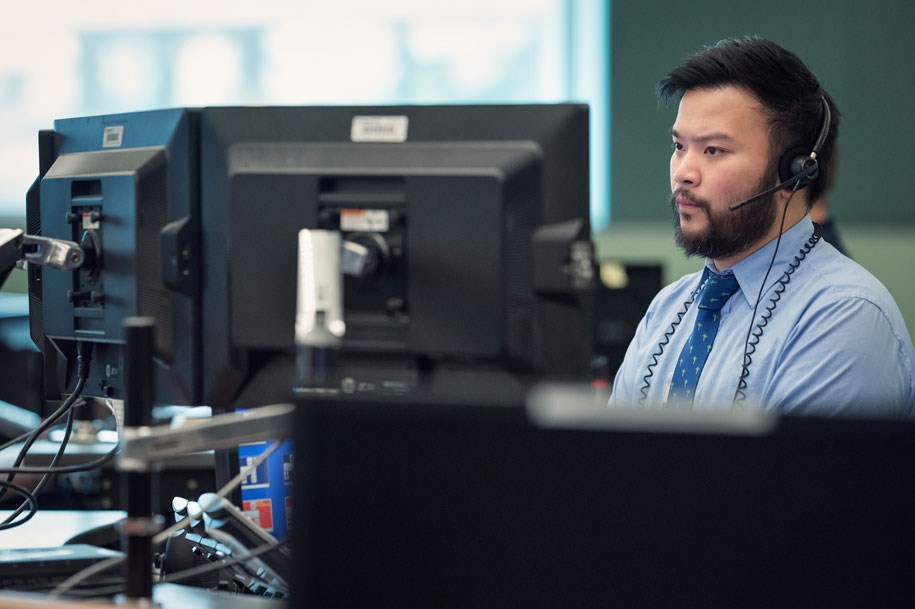Emergency services across B.C. continue to be stretched to their limits, according to an open letter published by the union representing 911 call takers.
This BC Day long weekend, a total of 69 heat-related patient events were responded to by BC Emergency Health Services (BCEHS). The highest number of incidents occurred in the Interior Health Authority and the Vancouver Coastal Health Authority, where 21 and 19 events were recorded, respectively.
These heat-related events make up only a small fraction of the 5,008 total patient events responded to by BCEHS over the long weekend.
Daily requests for emergency response by BCEHS average between 1,400 and 1,700, putting this past weekend’s request volume dangerously close to the maximum daily average if every single request received is responded to.
Open letter to British Columbians
Following this weekend’s high call volumes and hot temperatures, the union representing workers at B.C.’s 911 service, E-Comm, published an open letter Wednesday asking British Columbians for help.
“The system is broken,” Donald Grant, president of the Emergency Communications Professionals of BC, writes in the letter.
E-Comm is often the first point of contact for 911 callers in B.C. Once the caller explains their situation, workers dispatch them to police, fire or BCEHS if an ambulance is needed.
To meet the current operational demands of this service, a more than 80 per cent increase in full-time call takers is needed, according to a report by the firm Price Waterhouse Coopers.
In the last quarter of 2021, E-Comm call volumes surged by 22 per cent compared to the previous year. But instead of being able to hire more staff to meet this demand, Grant said 28 per cent of staff are on leave.
“We're seeing an extraordinary number of our 911 operators going on leave,” he said. “A lot of that has to do with occupational stress injuries due to the severe burnout that people are experiencing.”
The burnout can be attributed to the relentlessness of the job, Grant said. When an E-Comm operator successfully connects one caller to help, the phone doesn’t even get a chance to ring before they receive their next call.
“You disconnect the call and immediately, with no delay, you'll be receiving another call inside of your ear that you have to address that will be a completely different emergency,” Grant said.
Extreme amounts of overtime, no working breaks and, more frequently, forced overtime, are the new reality for E-Comm workers during their 12-hour shifts, according to Grant.
“It's really a dire situation that needs to be addressed,” he said.
It's also a situation that Grant says has been growing for years. As a 911 operator, Grant said he's seen the wait times for emergency line callers increase from 10 seconds to five minutes.
"When I started, 10 seconds was a long time for someone to be waiting on the emergency line," he said. "[Now] we're regularly seeing [wait times] reach way past the seconds into the minutes, up to five minutes."
On track for another record-breaking year of call volumes, Grant said the issue is that increased demand is not being met with increased funding.
The current funding model is experiencing a cyclical crisis, Grant explained. When E-Comm has asked for funding increases in the past, he said the municipalities that pay into the service have questioned these requests, prolonging staffing shortages until tragedy strikes.
Instead of waiting for events such as the 2021 heat dome to occur, Grant said funding for adequate staffing needs to be provided as a preventative, not reactionary, measure.
“If you have funding increases that are not proportional to [call] volumes coming in, it just creates a system where a crisis is inevitable.”




